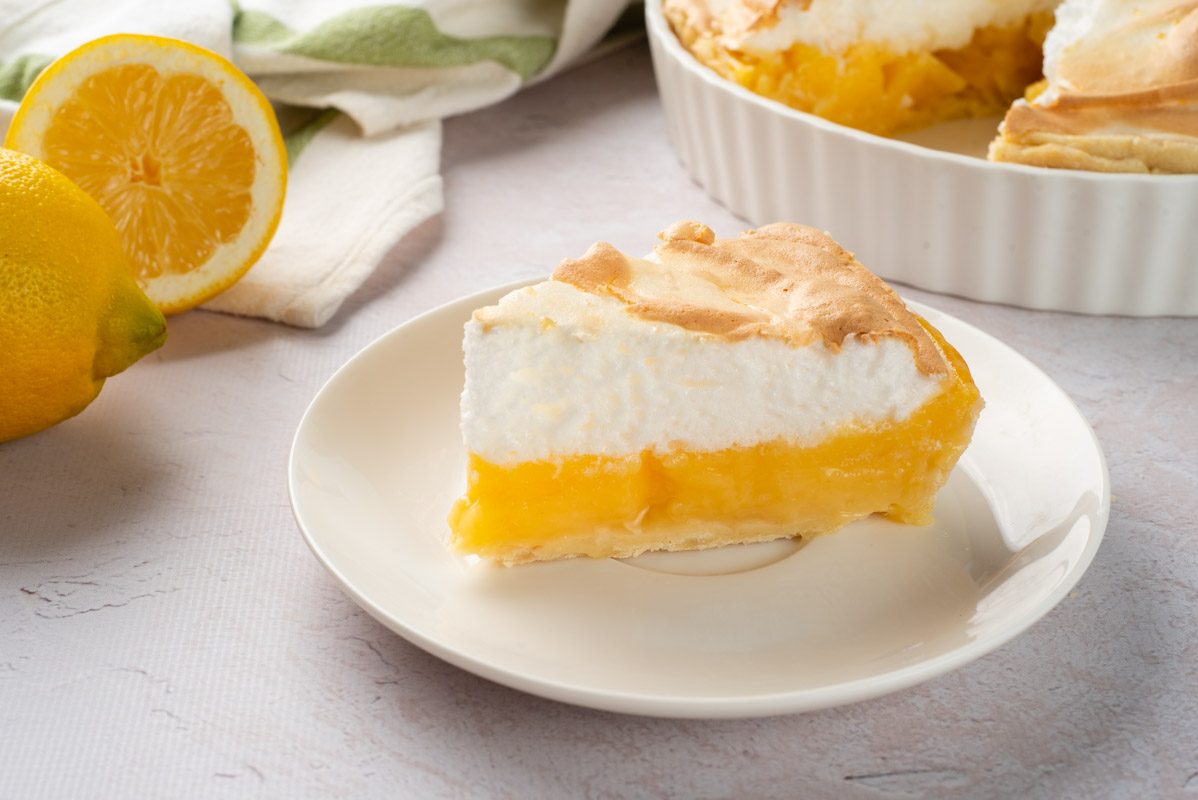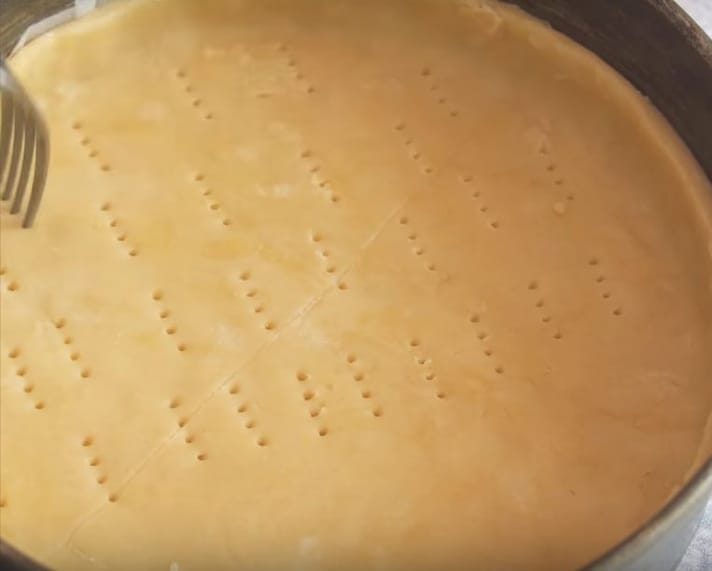What’s The Best Type of Pastry for Your Lemon Meringue Pie? The Debate Settled Once and For All!
The best pastry for lemon meringue pie is shortcrust pastry due to its rich, crumbly texture and better moisture resistance. It supports the creamy lemon curd and meringue without becoming soggy. Pre-baking the crust and brushing it with egg white helps keep it crisp.
;Resize,width=742;)
Lemon meringue pie is a beloved dessert, celebrated for its harmonious blend of tangy lemon curd and fluffy meringue. However, to truly shine, this delightful double-cream treat needs a sturdy and delicious pastry crust to hold it all together. The right pastry not only provides the perfect foundation but also prevents the pie from becoming a soggy mess. So, what is the best type of pastry to use for this classic dessert?
The Ideal Pie Crust Composition
The pie crust for a lemon meringue pie must be robust enough to support the rich lemon curd and delicate meringue without losing its structure. A good pastry should be tender yet firm, offering a pleasant contrast to the creamy filling. Traditionally, a combination of flour, butter, a bit of sugar, and a pinch of salt forms the foundation of a reliable pie crust. The butter is essential for creating flakiness, while the sugar adds a touch of sweetness that complements the tart lemon filling. Ensuring the right balance of ingredients is key to achieving a crust that remains crisp and flavorful.

Shortcrust Pastry vs. Pie Crust: The Great Debate
When it comes to lemon meringue pie, the debate often centers around whether to use shortcrust pastry or a classic pie crust. Shortcrust pastry, made with a higher ratio of fat to flour, is known for its crumbly texture and rich flavor. It's a favorite for many tart and pie recipes because of its ability to hold up well under moist fillings. The high-fat content creates a barrier that helps prevent the crust from becoming soggy, making it an excellent choice for lemon meringue pie.
On the other hand, a traditional pie crust, which typically has a slightly lower fat content, offers a more structured and flaky base. This type of crust is versatile and sturdy, making it suitable for a variety of pies, including those with heavier fillings. However, its lower fat content means it might not be as effective in resisting the moisture from the lemon curd.
In the battle of shortcrust pastry versus pie crust, shortcrust has a slight edge for lemon meringue pie due to its crumbly, rich texture and better moisture resistance. It creates a more harmonious balance with the creamy filling and prevents the dreaded sogginess that can plague this dessert.

How to Keep the Crust Crisp
Even with the best pastry, keeping the crust crisp can be a challenge, especially with a moist filling like lemon curd. To prevent the crust from becoming soggy, pre-baking, or "blind baking," is essential. This involves baking the crust on its own before adding the filling. By doing so, the crust has a chance to firm up and form a barrier against the moisture.
Additionally, brushing the crust with a thin layer of egg white before pre-baking can further help seal the surface and keep it crisp. Once the pie is assembled, storing it properly is crucial. Keep the pie refrigerated and cover it loosely with foil or plastic wrap to avoid condensation buildup, which can make the crust soggy.
;Resize,width=767;)

;Resize,width=712;)

